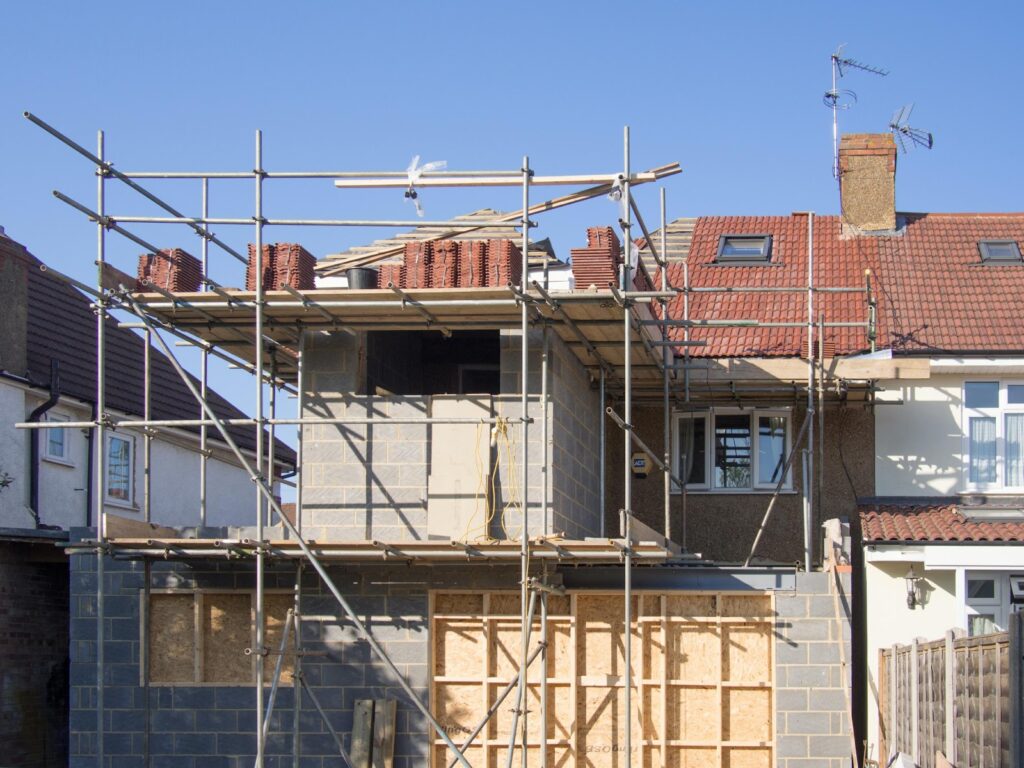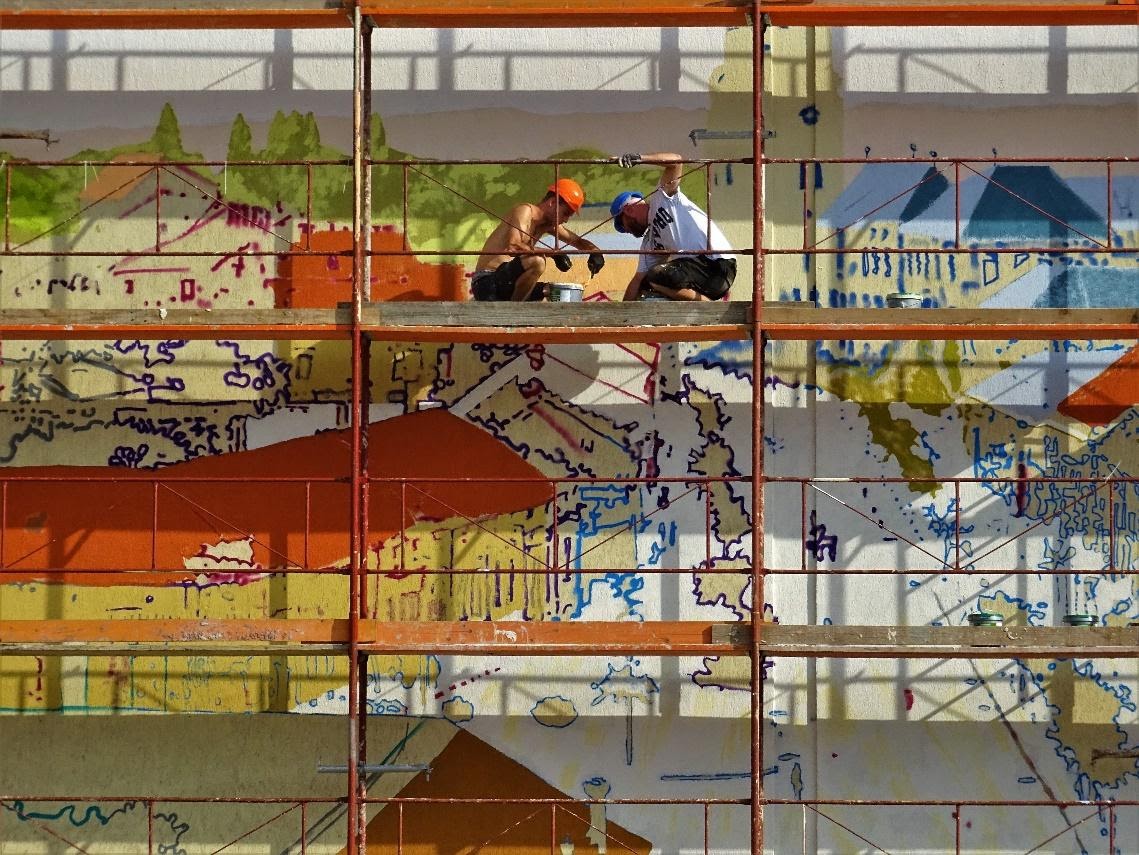Understanding Modular Sofas: An Overview
Modular sofas have gained immense popularity in recent years, especially among homeowners who value flexibility and aesthetics in their living spaces. These versatile pieces of furniture can be reconfigured to fit various room layouts and personal styles, making them a perfect choice for dynamic households.
Best modular sofas consists of multiple parts or sections that can be arranged in a variety of ways. This design allows for creative configurations that can adapt to different occasions, whether hosting a party, enjoying a movie night, or simply relaxing with family.
What is a Modular Sofa?
A modular sofa is a seating system made up of individual sections or modules, which can be combined to create different layouts. Each section is often designed to be standalone, allowing for various arrangements from traditional L-shapes to expansive U-shapes or even separate seating clusters. This flexibility is one of the key characteristics that distinguish modular sofas from traditional sofas.
Additionally, many modular pieces come with connectors or brackets that help secure the sections together, ensuring stability while still allowing easy rearrangement. This feature is particularly beneficial in homes where space is often at a premium. Furthermore, some designs incorporate storage solutions within the modules themselves, providing a dual purpose that maximizes functionality without sacrificing style.

Benefits of a Modular Sofa
Choosing a modular sofa offers several advantages over conventional seating arrangements:
Flexibility: The ability to rearrange your sofa means you can adapt your space to suit different needs, whether it’s hosting guests or changing your décor.
Customization: Modular sofas often come in a variety of styles, colors, and materials, allowing you to create a look that perfectly matches your interior design.
Space-saving: With their versatile configurations, modular sofas can efficiently use available space, making them ideal for small apartments or living rooms.
Comfort: Many modular sofas are designed with comfort in mind, featuring plush cushions and supportive seating that cater to relaxation.
Moreover, the modular nature of these sofas encourages a more social atmosphere. By arranging the pieces in a circular or semi-circular formation, families and friends can engage in conversations more easily, creating a welcoming environment for gatherings. This adaptability not only enhances the aesthetics of a room but also fosters a sense of community within the home. Additionally, many manufacturers offer options for outdoor modular sofas, allowing homeowners to extend their living spaces into patios and gardens, making outdoor entertaining just as stylish and comfortable as indoor lounging. Read more about social wellness and atmosphere at https://www.unomaha.edu/student-life/presidents-wellness-committee/social-wellness.php
Another noteworthy aspect of modular sofas is their ease of maintenance. Many models come with removable and washable covers, which is particularly advantageous for families with children or pets. This feature ensures that your sofa remains looking fresh and clean, regardless of the daily wear and tear. Furthermore, the materials used in modular sofas often include durable fabrics that resist stains and fading, making them a practical choice for busy households. With the right care, a modular sofa can serve as a long-lasting centerpiece in your living space, adapting to your lifestyle while maintaining its appeal.
Factors to Consider When Choosing a Modular Sofa
When it comes to selecting the perfect modular sofa for your home, several factors should be taken into account. A thoughtful approach can ensure that your investment not only enhances your space but also meets your functional needs.
Size and Configuration
One of the most crucial considerations is the size of the sofa in relation to your living space. Before making a purchase, measure your room, accounting for doorways, windows, and other furniture. A modular sofa’s size should complement rather than dominate the space.
Regarding configuration, think about how you intend to use the sofa. Do you prefer a classic L-shape for socializing or a more expansive U-shape that supports larger gatherings? Review your lifestyle to determine the configuration that best fits your needs. Additionally, consider the flexibility that modular sofas offer; many come with interchangeable pieces that can be rearranged to suit different occasions, making them ideal for both intimate family nights and larger parties.
Material and Durability
Materials play a significant role in the longevity and appearance of your modular sofa. Common fabric options include leather, microfiber, and various types of upholstery. Each comes with its own set of benefits and drawbacks. For example, leather provides durability and an upscale look but can be more expensive, while microfiber can be a more budget-friendly, easy-to-clean alternative.
Durability is also tied to the quality of construction. Look for sofas with sturdy frames made from hardwood or metal, as these will withstand the test of time. Additionally, consider the warranty offered by the manufacturer as an indicator of quality. Some brands even provide options for stain-resistant fabrics or water-repellent finishes, which can be particularly beneficial in households with pets or young children, ensuring that your sofa remains looking fresh and new for years to come.
Comfort and Style
Ultimately, your modular sofa should reflect both comfort and style. While aesthetics are subjective, consider the overall design that fits your personal taste and blends with your existing decor. From contemporary minimalist looks to classic designs, the options are vast.
When it comes to comfort, pay attention to seat depth, cushion firmness, and back support. It’s essential to test the sofa in-store if possible to ensure it meets your comfort expectations. Look for soft yet supportive cushions that provide the right amount of give. Furthermore, consider the height of the sofa; a lower profile may lend a more casual vibe, while a taller design can create a more formal atmosphere. Accessories like throw pillows and blankets can also enhance both comfort and style, allowing you to customize your sofa to suit different moods and seasons, making it not just a piece of furniture, but a central element of your living space.
Reviewing the Top Modular Sofas in Australia
Australia’s market offers a plethora of options for modular sofas, catering to various tastes and budgets. Below is a review of some of the best available choices, ensuring you can find the perfect fit for your home.
High-End Options for Luxurious Living Spaces
If you are looking to splurge, several high-end modular sofas combine exquisite design with top-notch materials. These sofas often feature plush cushions and can be customized to include additional features, such as built-in storage or reclining sections.
Brands like King Living and Couch Design offer luxurious options that prioritize both comfort and style. Their modular units can be arranged in various ways, allowing you to create a chic and inviting atmosphere in your living area. Many of these high-end sofas also come with a range of fabric choices, from sumptuous velvet to durable leather, enabling you to tailor the look to your personal aesthetic. Additionally, some brands provide eco-friendly options, using sustainable materials that appeal to environmentally conscious consumers.
Budget-Friendly Choices for Practical Homes
For those working within a budget, several brands offer affordable modular sofas that do not sacrifice style for price. IKEA is known for its practical and chic designs that appeal to cost-conscious consumers.
Additionally, online retailers like Zanui and Temple & Webster provide a wide range of budget-friendly options, ensuring you can find a stylish modular sofa without breaking the bank. Look for sales and discounts to get the best deal on these stylish pieces. Many budget-friendly options also come with removable and washable covers, making maintenance a breeze for busy households. This feature is particularly appealing for families with young children or pets, as it allows for easy cleaning while maintaining a fresh look in your living space.
Best Picks for Small Spaces
Living in a smaller home or apartment can pose challenges when selecting furniture. Fortunately, many modular sofas are specifically designed for compact living spaces, offering clever solutions for tight quarters.
Look for designs that have slimmer profiles or provide storage beneath the seats. Brands like Tansu and Domain offer ranges that maximize functionality without compromising on style, making them ideal for small living rooms. Additionally, modular sofas that can be easily reconfigured allow for versatility in your space, adapting to different needs as they arise. Some models even feature fold-out components that can transform into guest beds, making them perfect for entertaining friends or family without sacrificing valuable floor space.
Caring for Your Modular Sofa
Once you’ve invested in a modular sofa, it’s essential to maintain it properly to ensure its longevity and beauty. Here are some care tips to help you preserve your sofa’s appearance and function over time.
Cleaning and Maintenance Tips
Regular cleaning and maintenance can go a long way in extending the life of your modular sofa. Always refer to the manufacturer’s care instructions for specific cleaning methods based on the fabric type.
For most upholstery, a vacuum with a brush attachment will help remove dirt and debris. Spot clean any stains promptly with suitable cleaners to prevent them from setting. Additionally, you may want to consider using a fabric protector spray, which can create a barrier against spills and stains, making future cleanups easier and more effective. To learn more about cleaning and maintenance click here.

Extending the Lifespan of Your Sofa
To prolong the lifespan of your sofa, consider rotating cushions regularly, as this will help avoid uneven wear. Avoid placing your sofa in direct sunlight, as this can cause fading over time. Additionally, protect your investment by investing in a good quality slipcover if you have pets or young children.
Another important aspect of care is to keep your modular sofa away from heat sources, such as radiators or fireplaces, which can dry out and damage the fabric. If your sofa has removable covers, washing them according to the care label can help refresh the look and feel of your furniture. Regularly fluffing the cushions and pillows will not only keep them looking full and inviting but also help maintain their shape, ensuring that your sofa remains comfortable for years to come.
Where to Buy the Best Modular Sofas in Australia
Many options exist for purchasing modular sofas in Australia, both online and in-store. Each has its own advantages and drawbacks, so understanding these can help you make an informed decision.
Online Shopping Vs. In-Store Purchases
Online shopping offers unparalleled convenience, allowing you to browse a vast selection of modular sofas from the comfort of your home. Many websites provide detailed descriptions, customer reviews, and comparison tools to help guide your decision. However, the primary drawback is the inability to test the sofa for comfort before buying.
On the other hand, in-store purchases allow you to physically experience the sofas’ comfort and materials. You can also consult sales staff for more information and assistance. However, store availability may limit your selection compared to online stores.
Top Retailers for Quality Modular Sofas
Several retailers stand out in Australia for their quality modular sofas:
King Living: Known for their high-end designs and customization options.
IKEA: Offers a wide range of affordable, functional modular sofas.
Domayne: Features stylish modern pieces suitable for various tastes.
Freedom Furniture: Their collections balance style and comfort with various clever configurations.
Make sure to explore multiple retailers to find the best modular sofa that fits your needs and budget. With the right research, your ideal modular sofa is within reach!
Related : Leather Modular Sofas: How to Choose the Right One for Your Home


























